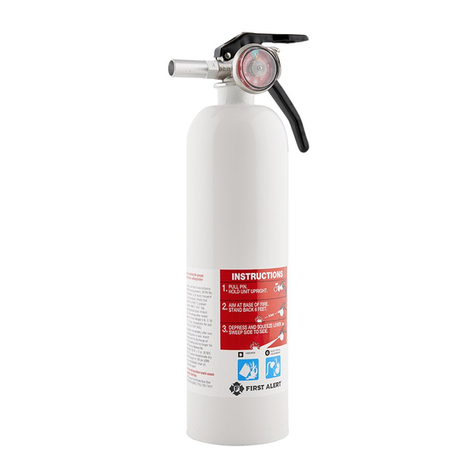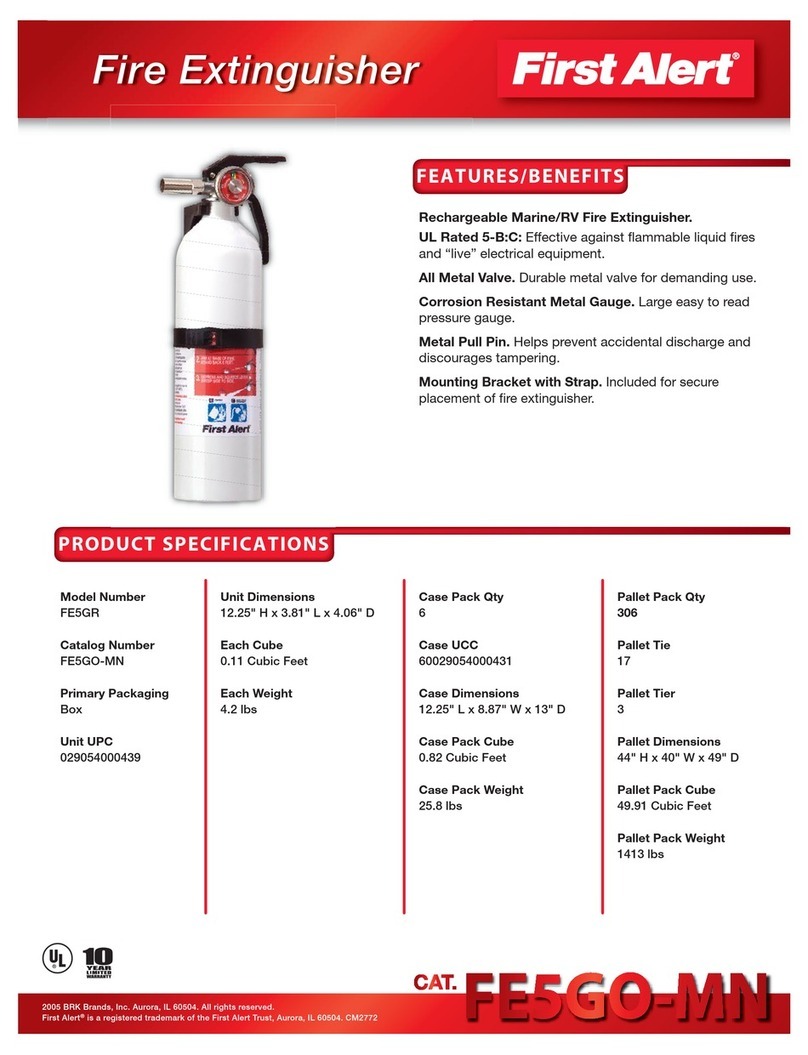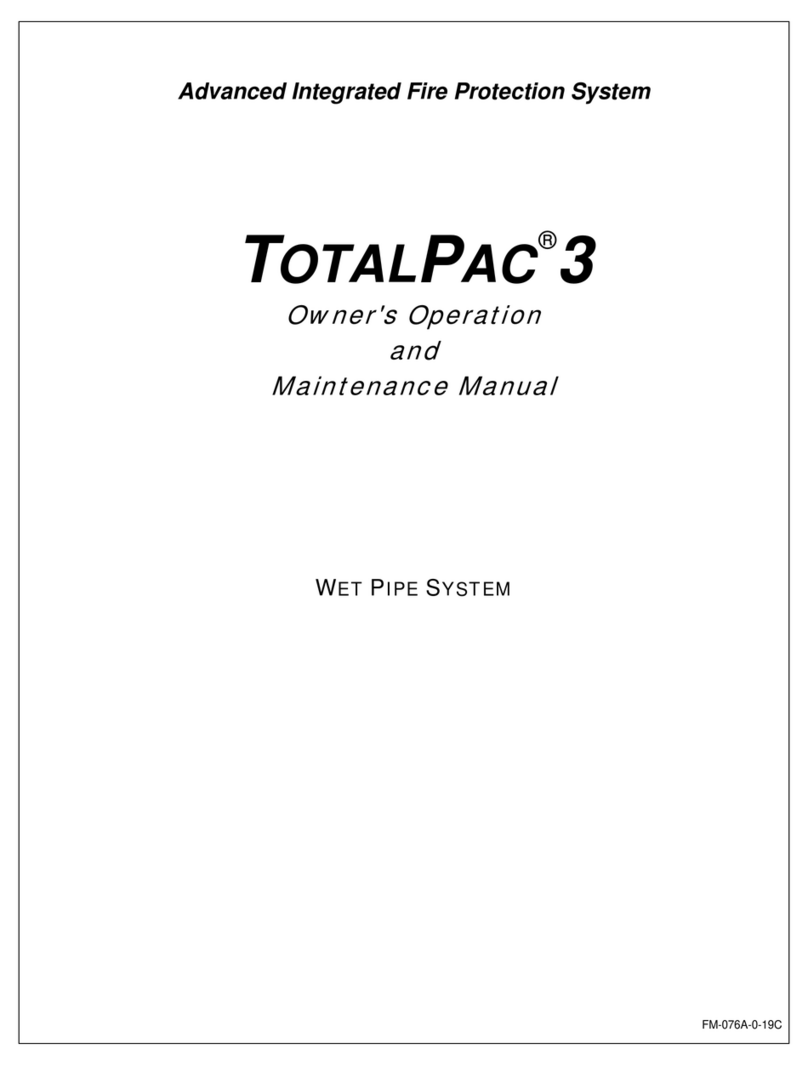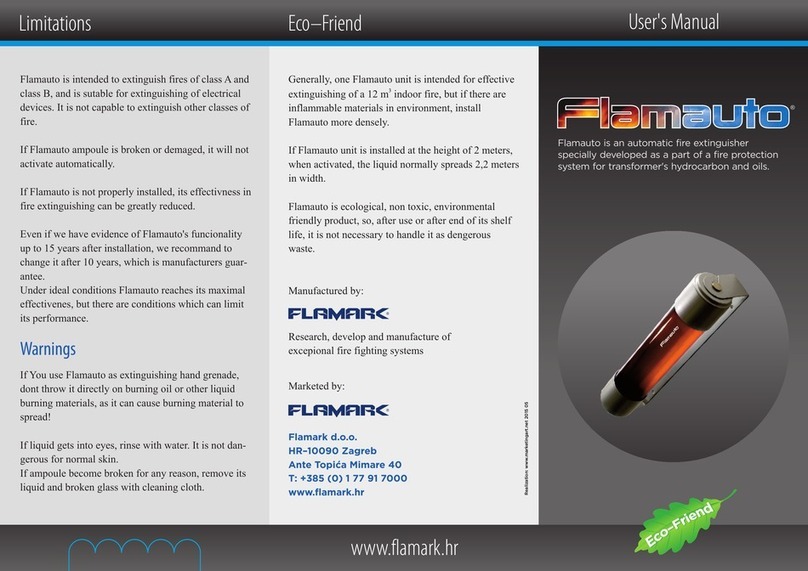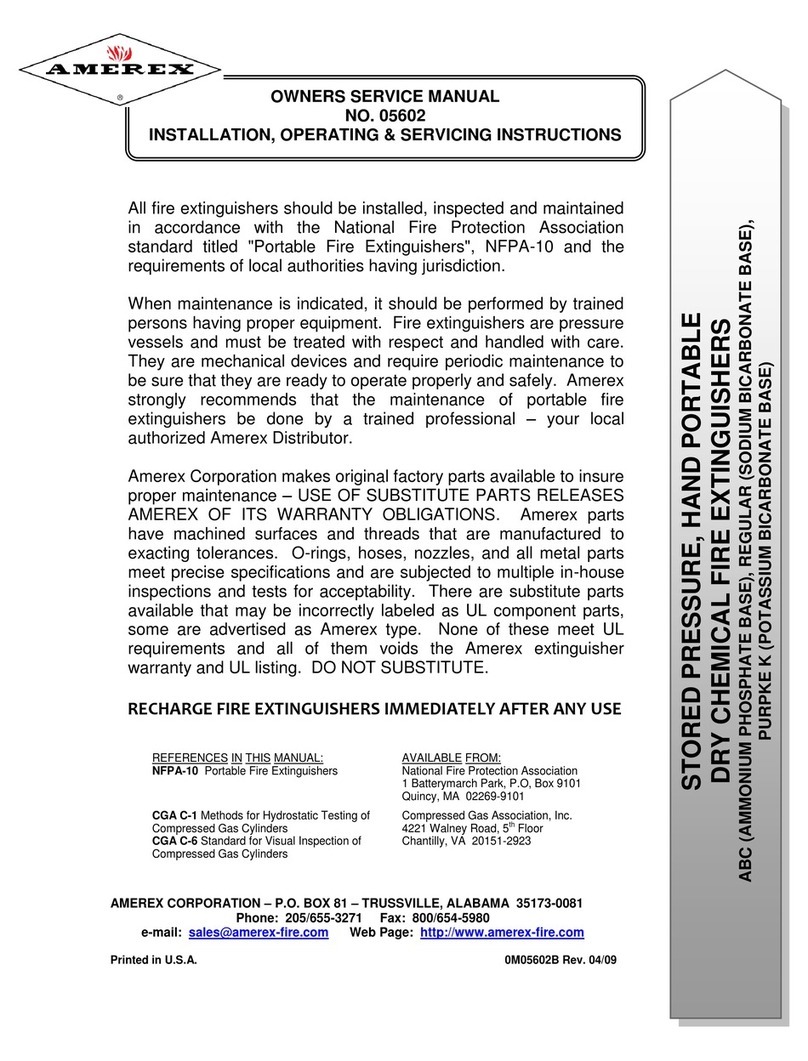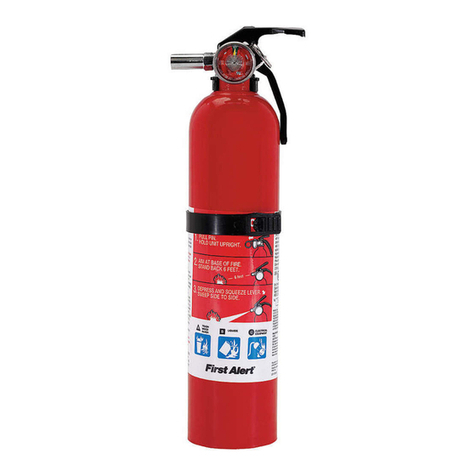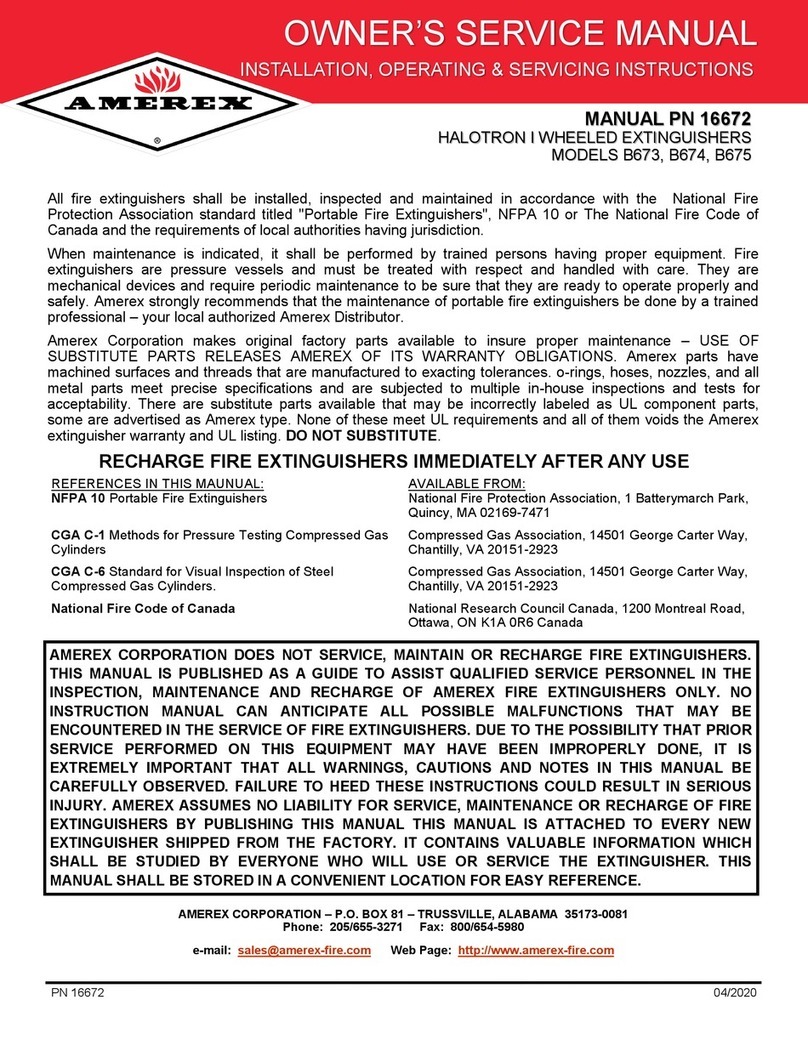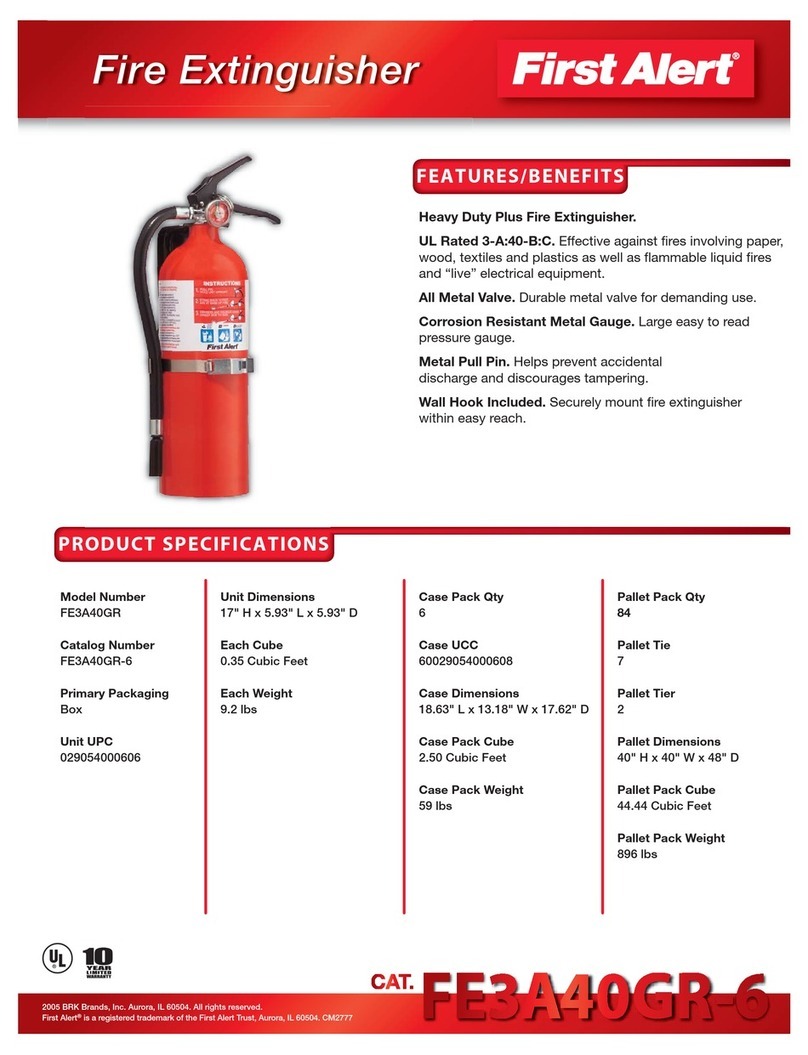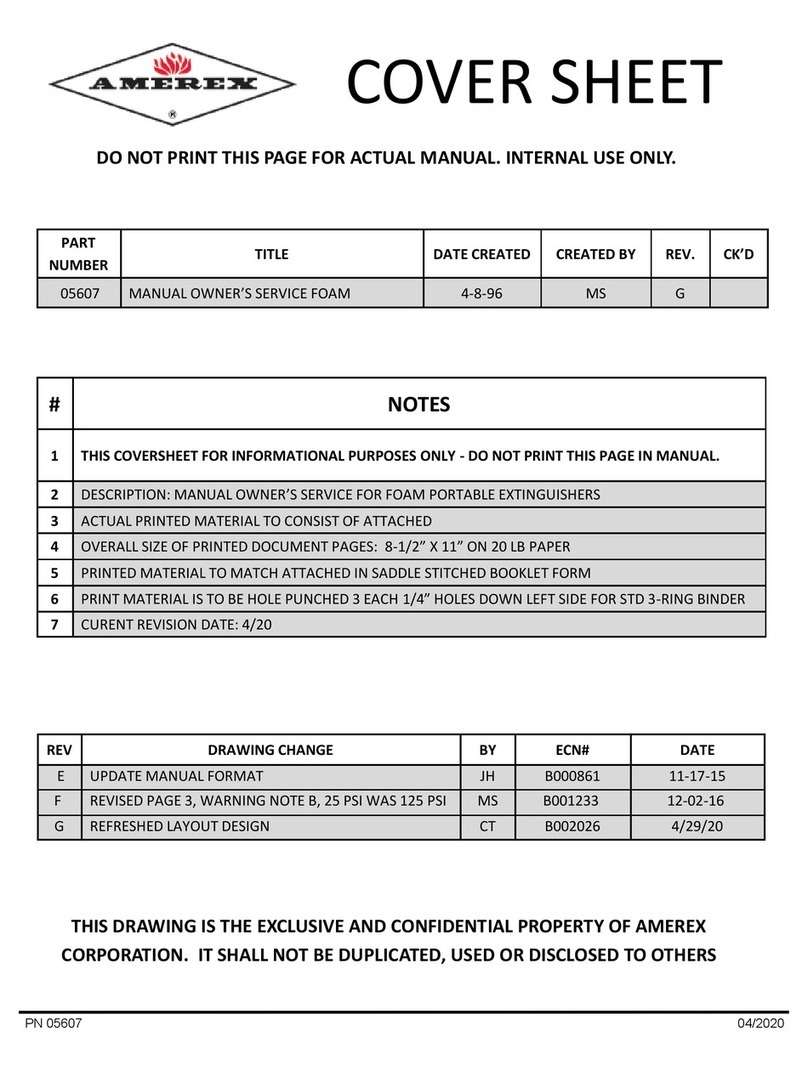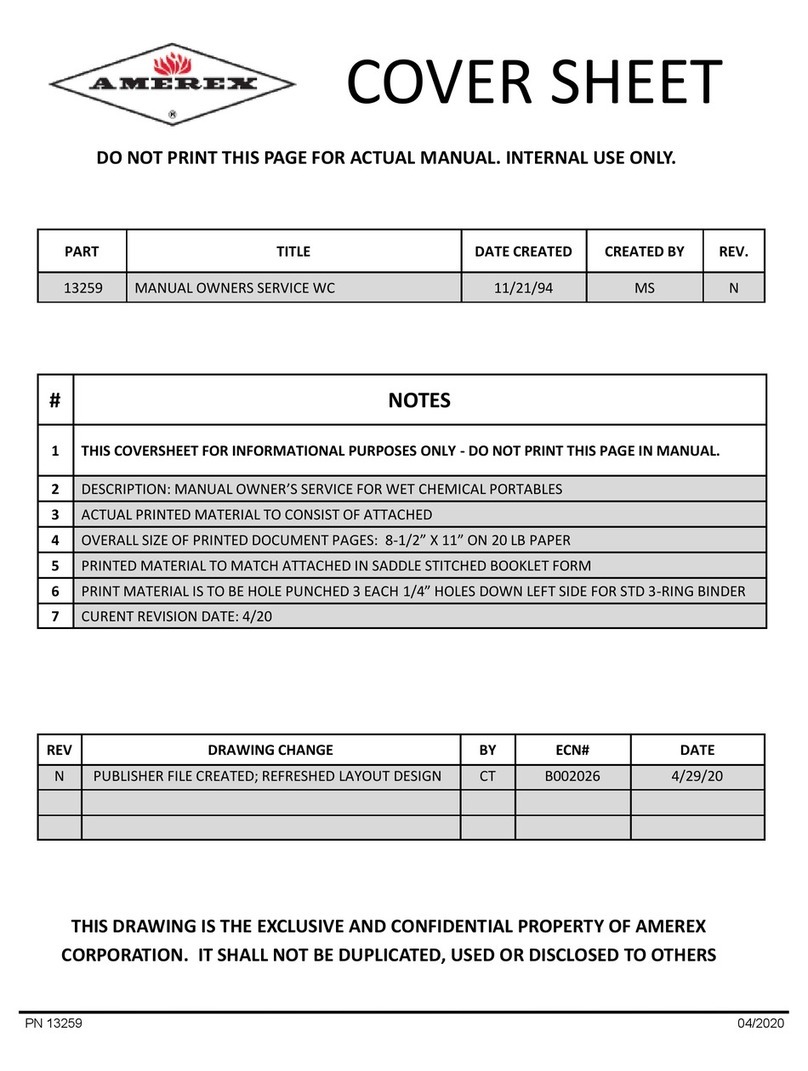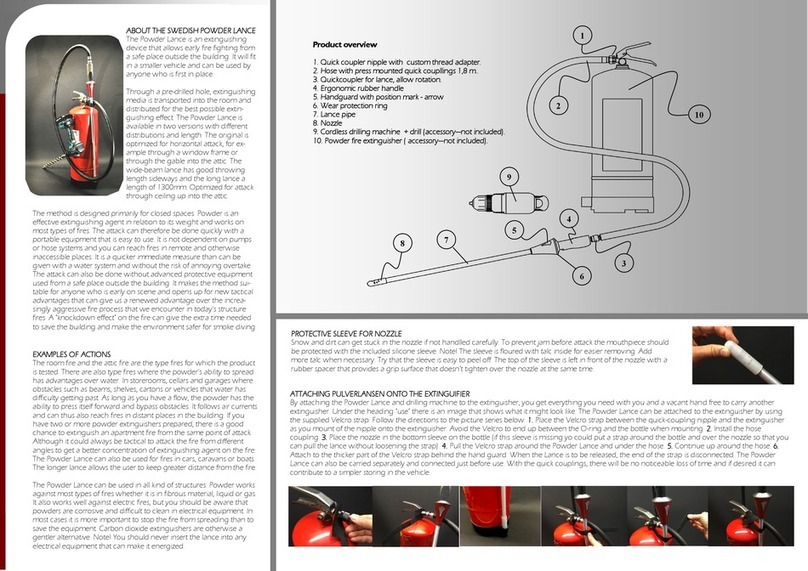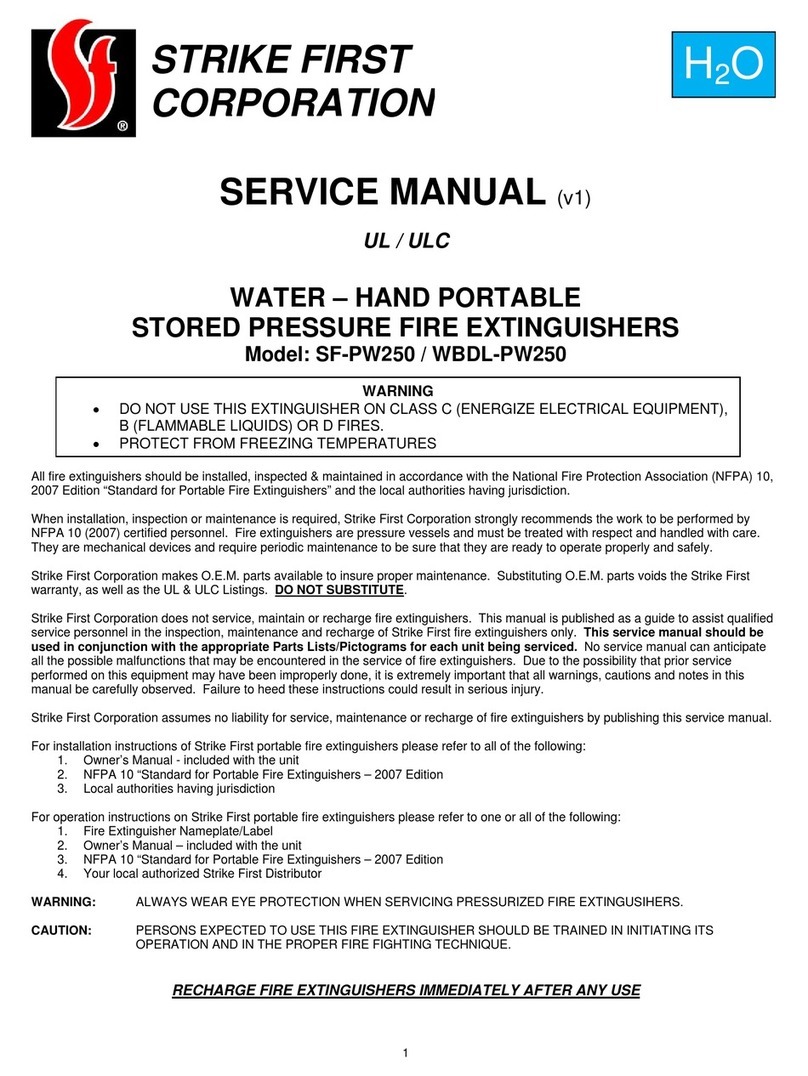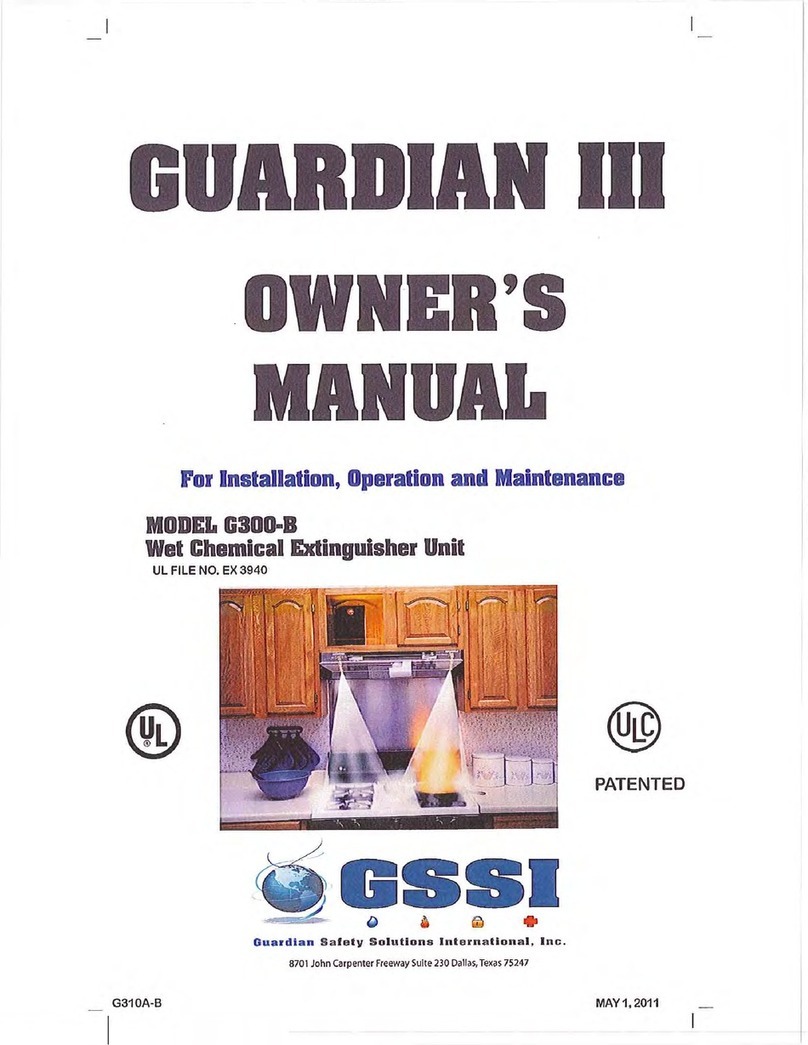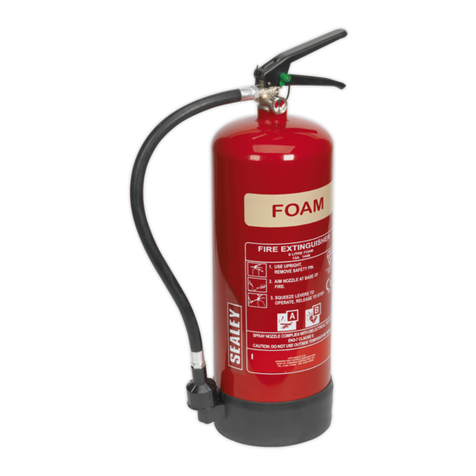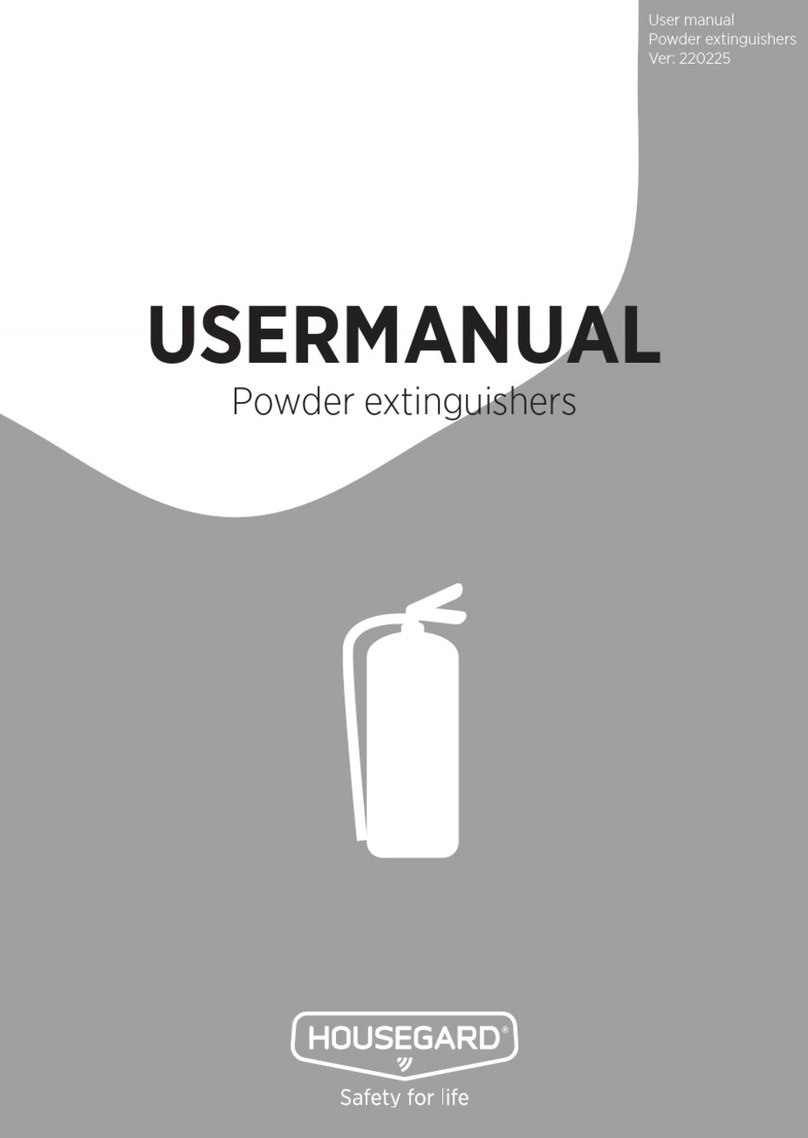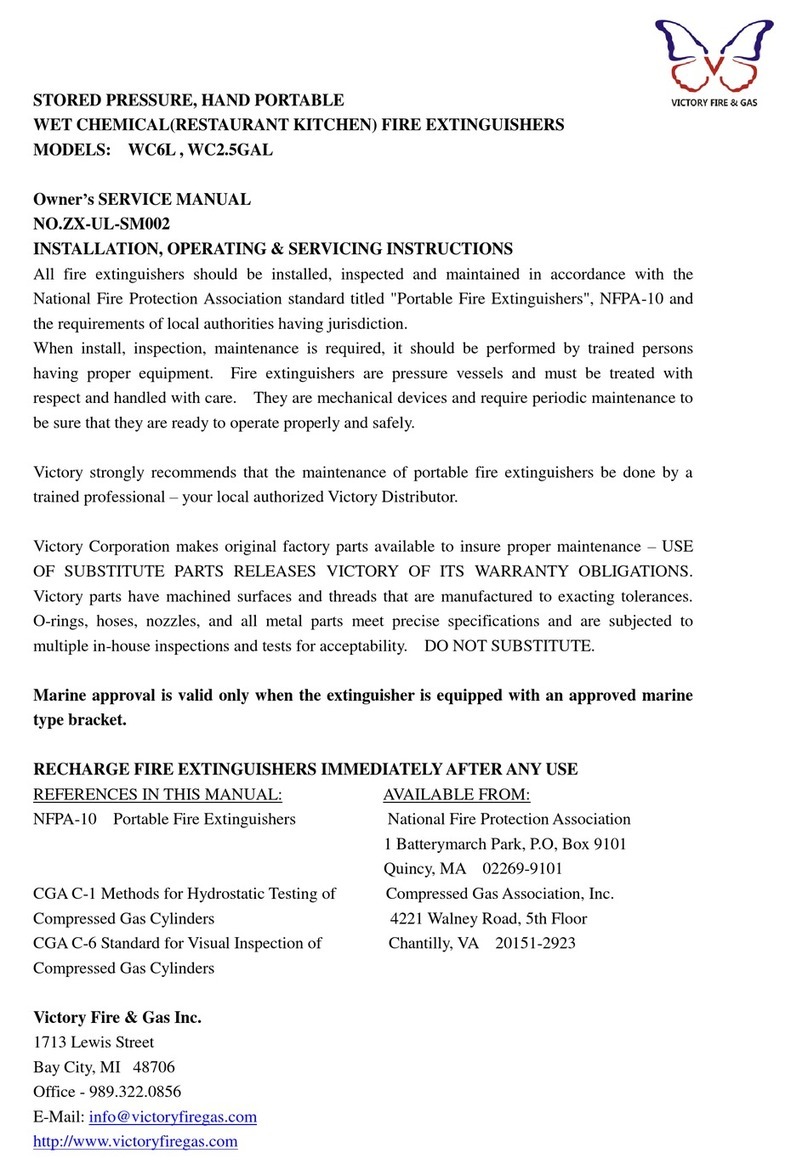
P/N G610B
April, 2016 (Rev 0)
Page 2
INTRODUCTION
There exist a variety of causes for cooking fires, but
most causes involve unattended cooking. Here are
some tips to help prevent a cooking fire in your
kitchen.
FIRE PREVENTION TIPS:
•Never leave the kitchen when cooking food.
•Use fresh cooking oil whenever possible. The
ignition temperature of used cooking oil can be
lower than normal and it may contain left-over
solids which can ignite.
•Smoke generated from cooking oil is an indication
that the temperature of the oil has exceeded the
desired cooking temperature of 350-375 F. As the
oil temperature increases, the smoke produced
will increase significantly. If this occurs, simply
turn the burner down or turn it off to prevent the oil
from reaching its ignition temperature.
•Be sure to keep the cooking surface and
surrounding counter areas clean and clear of
combustible materials which could ignite.
•If you must leave the kitchen when frying food,
turn the burner off or remove the pan from the
burner until you return.
IN CASE OF A FIRE:
NEVER attempt to move a burning cooking vessel
after it has ignited. Any movement could splash
burning grease and spread the fire or cause severe
injury. NEVER TRY TO EXTINGUISH A GREASE
FIRE USING WATER. Evacuate the kitchen and call
the Fire Department immediately, then alert others
and evacuate the building. Let your Guardian G600-B
extinguish any range top fire. Because of the heat and
smoke associated with a cooking fire, it is
recommended that you wait at least 30 minutes after
the fire has been extinguished before re-entering the
building and approaching your kitchen range.
OPERATION:
The Guardian G600-B system is an automatic fire
suppression system designed to detect and extinguish
cooking fires on residential type range tops. In the
event of a stovetop fire, the sensors will activate at a
pre-set temperature and signal the main CPU board.
The main CPU automatically sends a signal to release
the extinguisher valve assembly, releasing the
extinguishing agent and simultaneously activates the
CPU-mounted alarm, and the fuel shutoff which
disconnects the gas and/or electricity to the range.
APPLICATION AND LIMITATION
•The Guardian G600-B is designed and Listed for the
protection of 30 in. wide, gas or electric residential
range tops when installed in conjunction with a 30 inch
wide exhaust hood or microwave/exhaust hood
combination with a flat ferromagnetic underside. The
extinguishing system is intended for installation within a
kitchen cabinet having an internal height of 12" or taller
and located either directly above, or adjacent to the
range top and exhaust hood.
•Guardian G600-B System is acceptable for use with
either a ductless or ducted exhaust hood.
•The extinguisher enclosure assembly is intended for
installation within a protected space, such as a kitchen
cabinet as outlined in this manual.
•Only components identified by part numbers in this
manual are authorized for use with the Guardian G600-
B system unless expressly stated in this manual.
•All electrical wiring and alarm connections are to be in
compliance with the National Electrical Code (NFPA
70), National Fire Alarm Code (NFPA 72) and any
applicable state or local municipal codes.
RESIDENTIAL RANGE-TOP USE ONLY
•The Guardian G600-B extinguishing system is designed
and thoroughly tested in accordance with UL Subject
300A for normal residential type cooking applications
which originate from residential range top cooking
appliances when used in conjunction with a flat faced
(bottom) exhaust hood or microwave hood only.
•The Guardian G600-B extinguishing system is not
intended for the protection of commercial "restaurant-
style" cooking equipment.
•The maximum range top cooking surface protected by
the Guardian G600-B System is 720 square inches
measuring 30" wide and 24" deep.
•The Guardian G600-B is not designed or intended for
the protection of areas adjacent to, or within the
residential range top, such as nearby counter tops or
within the range oven.
PACKING LIST
Check contents for missing or damaged parts (see
FIGURES 1, 2, 3 & 4). Check fire extinguisher for proper
operating pressure. Needle should point in the operable
(green) zone. Report any damage or missing parts to the
manufacturer before starting installation.
CAUTION:
DO NOT REMOVE SAFETY PIN FROM FIRE
EXTINGUISHER AT THIS TIME!!!
NOTE:
Additional equipment or components necessary to install the system in accordance with the instructions and limitations listed
are to be provided by the authorized installer if not purchased with the basic system (i.e., electrical Wire, wire mold, shut-off
components, etc.). Additional equipment and components may be obtained from a Guardian Safety Solutions International
distributor or the manufacturer.
